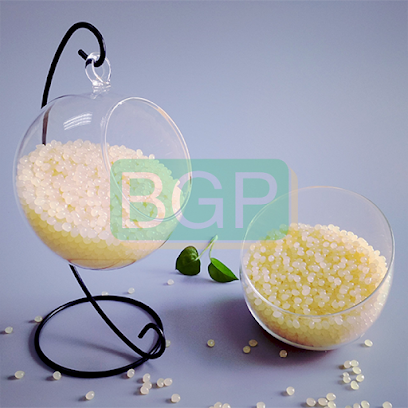Understanding the Differences Between Glue, Adhesive, and Sealant
1. Introduction In the world of construction and manufacturing, understanding the differences between glue , adhesive , and sealant is crucial. Many people struggle with choosing the right product for their needs, which can lead to performance issues and increased costs. Grab this guide and discover everything you need to know about these essential coating chemicals . In this article, we will clarify each term, their unique features, and when to use them effectively. 2. Definitions of Glue, Adhesive, and Sealant 2.1 What is Glue? Glue is a type of adhesive that is primarily used for bonding surfaces together using a wet or dry method. It's typically viscous and can set quickly upon contact with its surfaces. 2.2 What is Adhesive? Adhesives can be defined as any substance that is applied to the surfaces of materials to bind them together. This category includes both glues as well as other bonding agents like tapes and pastes. 2.3 What is Sealant? Seala...
